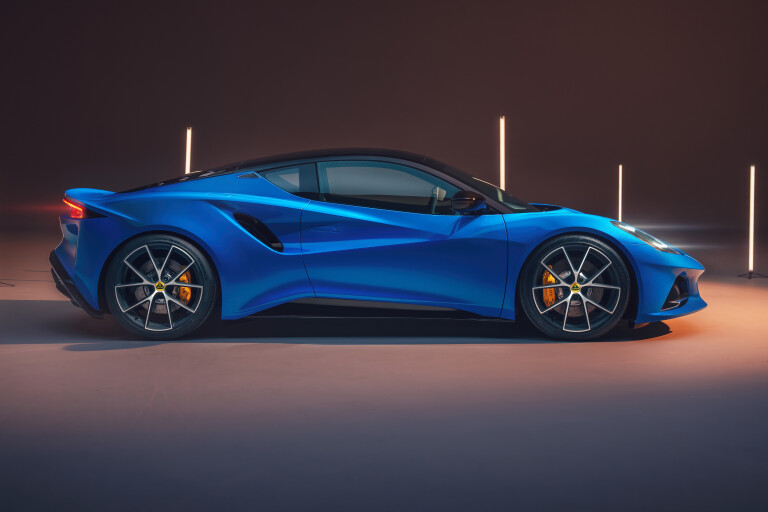
Lotus has always been a bit of a battler. While founder Colin Chapman’s light and often innovative road and racing cars made Lotus a household name around the world, the company has often lived hand-to-mouth, surviving on little more than its wits and its ability to conjure inspirational drivers cars out of metal and fibreglass and other people’s powertrain parts.
Since Chapman’s death in 1982, Lotus has been variously owned by General Motors, Italian businessman Romano Artioli (who also resurrected Bugatti and after whose granddaughter, Elisa, the Lotus Elise was named), and Malaysian carmaker Proton. Since 2017, however, it has been majority-owned by Geely, China’s largest privately-owned carmaker. And for the first time in decades, the future of Lotus looks secure.
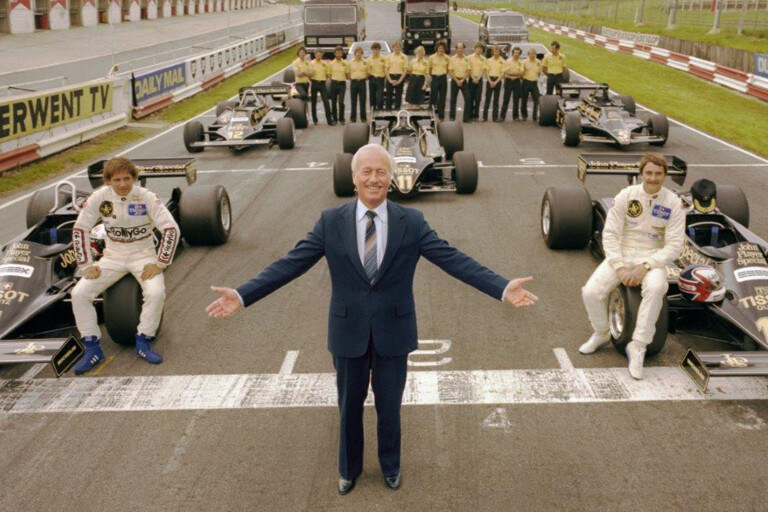
Thank Geely chairman Li Shufu. The quietly spoken, modestly dressed Li, who writes poetry for recreation and smiles and chuckles frequently as he answers media questions, hardly fits the stereotype of a hard-charging, self-made automotive tycoon. Born in 1963, he started working as a photographer, dealt in scrap metal and began making parts for refrigerators in the 1980s. He graduated to making whole appliances, dabbled in construction, and started making motorcycles in 1993. In 1998 the first Geely cars – the name sounds similar to a Chinese word for "lucky" – rolled off the assembly line.
When Li realised in 2006 that the quality and design of Geely cars was still years behind standards acceptable to consumers outside China, he began discussions about acquiring Volvo from Ford, then bleeding cash and on the road to bankruptcy even before the global financial crisis hit. Ford had paid $6.45 billion for the Swedish carmaker in 1999. Li picked it up for just $1.8 billion in 2010.
Li has since proven a worthy steward of the brand: While leveraging Volvo’s design and engineering expertise across Geely’s Chinese brands, he has been careful to ensure Volvo cars and SUVs have retained, even enhanced, their uniquely Swedish character. And he’s following the same pattern with Lotus. The tiny British company’s unique expertise in ride and handling and lightweight construction is now part of Geely; in return Lotus finally has the resources to develop its first all-new line of cars in a quarter of a century.
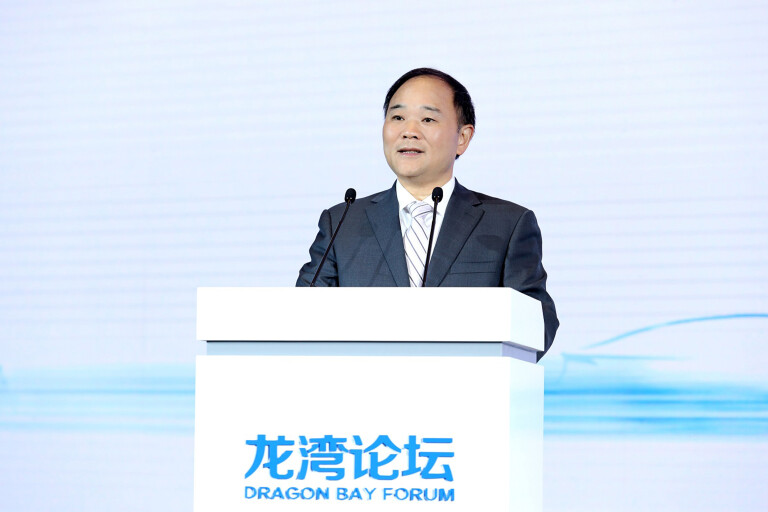
The new Lotus Emira is a first step. Though its chassis, body, interior and much of its hardware are all different from what Lotus insiders call the three Es – Elise, Exige, Evora – the Toyota-sourced 3.5-litre V6 with its six-speed manual or six-speed automatic has been carried over. But Geely’s ownership has unlocked a new engine supplier: Mercedes-AMG (Li Shufu is Daimler AG’s single largest shareholder, having acquired a 9.69 per cent stake in the company in 2018). The potent AMG-developed turbocharged 2.0-litre four-cylinder engine, codenamed M139, and its AMG-tweaked eight-speed dual-clutch transmission will power an entry-level version of the Emira due in the middle of 2022. And it will play an increasingly important role in Emira through the rest of the decade, not the least because the Toyota V6 cannot be made to meet the proposed Euro 7 emissions regulations expected in 2027.
“The V6 is the engine that we know and we’ve lived with for a long time now,” says Lotus managing director Matt Windle. “It’s a great engine and fits really well in the car. But we wanted to offer something else as well – lower emissions, lower capacity – matched with a dual-clutch transmission. I think matching the M139 with our chassis is a winning combination. We’re really excited about that car.”

Lotus vehicle dynamics chief Gavan Kershaw agrees. “I love the V6,” he says. “I’ve grown up with it, and it’s got a really strong character – the throttle connection and the sound, with a manual transmission and an LSD. But you jump in the four-cylinder Emira and it feels super modern and very strong in performance. It’s like being back in my GT4 race car.”
Matt Windle admits the M139 engine currently doesn’t meet Euro 7, either, but says Lotus will work with AMG to get it compliant. Although Mercedes-Benz has just announced that even its AMG-branded vehicles will be EVs by 2030, helping small manufacturers with internal combustion engines for niche markets promises to be a nice sideline: Aston Martin boss Tobias Moers has already declared his intention to work with AMG to make its versatile 4.0-litre twin-turbo V-8 Euro 7 compliant so he can keep building Astons with the engine.
The potent AMG-developed turbocharged 2.0-litre four-cylinder engine, codenamed M139 will play an increasingly important role in Emira through the rest of the decade

Though Lotus has, like Volvo, announced it will be building nothing but electric cars by 2030, that doesn’t necessarily mean the end of the Emira. “If there are markets that want it, we might build the car,” says Windle, “or somebody else might build it for us. There’s also a lot of interest in licensing Elise, Exige, and Evora, so there might be interest in licensing Emira when we get to that stage.”
Reading between the lines, then, don’t be too surprised if a version of the Emira, possibly restyled and wearing a different manufacturer’s badge, is being built in China after 2030. That said, as far as Matt Windle is concerned, the future of Lotus is 100 per cent electric. “I don’t need to sell the Emira platform,’ he insists. “I’ve got a business case that pays back what we need. If somebody comes along and wants to license it, that’s extra.”
A big part of Windle’s remit is to grow the Lotus Engineering business. Lotus Engineering’s past portfolio has included pioneering work on active suspension and helping General Motors create the original quad-cam Corvette ZR1. In 2009 it showed how Toyota could pull up to 38 per cent of the weight out of its Venza crossover. But in recent years the business had dwindled to little more than engine testing work for other manufacturers.
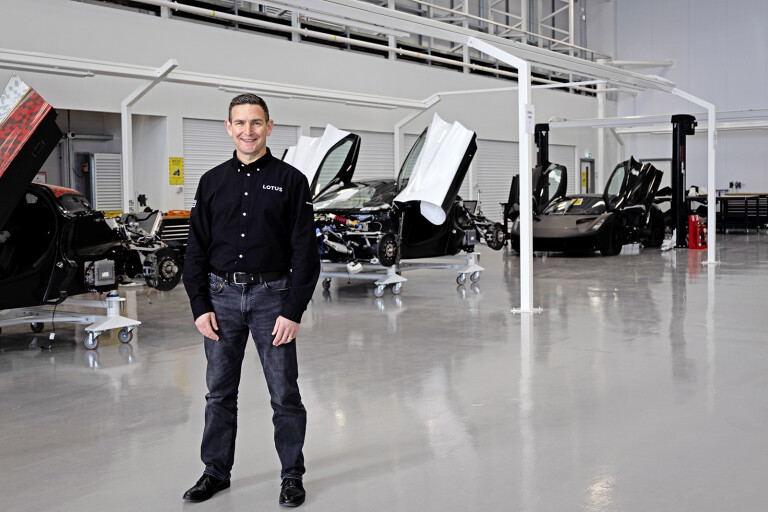
The move to electric power is a key element of the plan to revitalise Lotus Engineering, Windle says. “When we set our Vision80 strategy back in 2017, we convinced Geely that we should invest in our own electric vehicle platforms because we knew we would get to the stage where we’d able to talk to other OEMs about them.” The recently announced memorandum of understanding signed with Renault is a case in point.
Though Lotus and Renault insiders are keeping the details close to their chests, Lotus is developing an electric vehicle platform called ESA (Electric Sportscar Architecture) that will also be used by Renault’s Alpine brand. The platform will be common, but a modular approach to the EV elements – e-motors, battery and so on – will allow each manufacturer to tailor the final product to their own unique specifications. As befits Lotus tradition, insiders say it will be one of the lightest EV platforms yet developed.
Lotus is also working on what has been dubbed the “Lifestyle” electric vehicle architecture. This is completely different from ESA and is being developed to underpin four- and five-door vehicles, including a Lotus crossover. Like ESA, Lifestyle is a modular architecture. But this time the development of the e-motor and battery modules is being done in close collaboration with Geely, which suggests elements of it will also be used in Geely products in China. With its development cost amortised over a much higher volume, this platform could make the crossover one of the most profitable Lotus models in history.

The first electric Lotus to hit the market, of course, will be the Evija, a limited edition, all-wheel drive hypercar with almost 1500kW, making it, says Lotus, the most powerful production car in the world. The $3 million Evija won’t contribute much to the bottom line, however, despite that dizzying price tag. Indeed, at the time of writing, not all the 130 cars set to be built over the next two years had been sold.
Evija’s mission is more nuanced than mere money-making, says Lotus design chief Russell Carr. And its mission statement has come right from the top. “We got a message from Li Shufu [shortly after Geely took a majority stake in Lotus] that he wanted to do a hypercar,” Carr recalls. “He wanted a halo product to reset the mindset – in public about what Lotus was about, and in the company about how hard we should strive. He’s got everyone enthused.”
Lotus is developing an electric vehicle platform called ESA (Electric Sportscar Architecture) that will also be used by Renault’s Alpine brand

You can feel it at Hethel, the headquarters of Lotus since 1966. Built on what was a World War II bomber base, Hethel is out in the breezy flatlands of Norfolk, 240km east of Birmingham, the traditional hub of Britain’s automotive industry. As such, there’s a faintly defiant otherness about Lotus, and a unique sense of loyalty among its workforce.
“Of the many manufacturers I have worked with over the years, Lotus has been the one closest to my heart,” says Matt Windle, who started his career at Hethel in 1998 as a CAD designer before returning in 2017 as head of engineering.
Gavan Kershaw has worked at Lotus since he was 16, learning his chassis tuning trade from the legendary John Miles, who once raced Lotus F1 cars alongside Jochen Rindt.
And even though there’s now a Volvo company car on his driveway, design chief Russell Carr, who’s worked at Lotus since 2010, has long preferred to drive his personal Evora to work every day, even through winter snowstorms. “I live these cars,” says Carr, who’s just traded his Evora on a bright orange Exige, “so I know what’s good and what’s bad”.

The passion at Lotus for Lotus is undiminished. What’s changed is that passion is going mainstream. Lotus still wants to build cars that are light, responsive, and wonderfully engaging to drive. “We weren’t looking to change the world,” says Kershaw of the Emira. “It’s mature but confidence-inspiring. We’ve kept the car very compliant, it rotates around your hip, and you can feel the efforts build up.” But as the well-equipped Emira shows, enjoying a Lotus no longer means putting up with cars that can be grimly spartan to live with when you’re not pin-balling them from apex to apex on your favourite road or a racetrack.
And for good reason: “There is a larger percentage of Porsche, Jaguar, BMW owners who use their cars every day than Lotus owners,” admits Simon Clare, executive director of global marketing at Lotus. “We want to start attracting people out of Porsche Boxsters, Jaguar F-Types, BMW Z4s so the Emira had to be more practical.” And the new mood at Lotus is certainly expanding the company’s horizons: “America is the biggest sportscar market in the world, says Clare. “The new Corvette definitely comes on to the competitor list in terms of what we are benchmarking.”
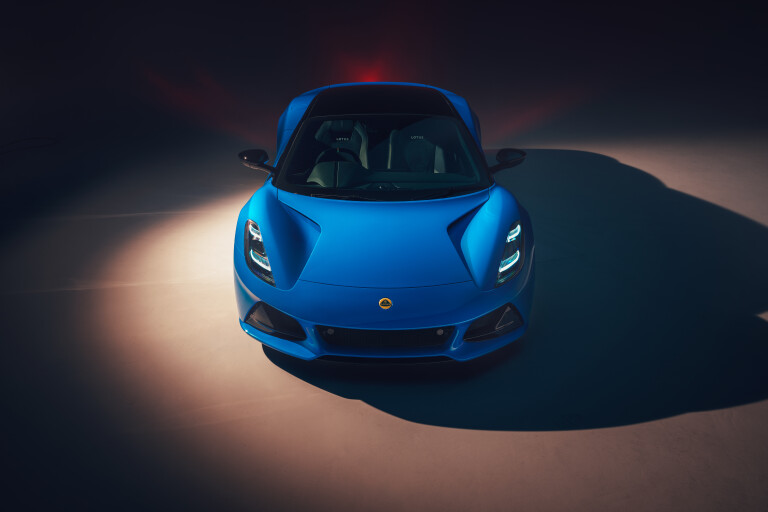
The Emira has been engineered as a global car, and its target is to more than treble global Lotus sales to about 4800 vehicles a year. North America is expected to be one of the car’s biggest markets, accounting for 30 per cent of sales, but Lotus is also looking to Emira to get it into new markets in Asia, as well as markets such as South Africa and New Zealand, where the company’s tiny volumes have hitherto made exports prohibitive.
Despite a planned eight-year life span that makes the 25-year-old Elise look positively ancient, the Emira is likely to be regarded as one of the most consequential Lotus cars since the M100 Elan launched way back in 1989. Like the M100 Elan, and indeed the original Elan that debuted in 1962, the Emira is designed to be a Lotus that can be driven every day, a Lotus that can be enjoyed by a customer group that doesn’t believe owning a sportscar requires stoic acceptance of faults and idiosyncrasies.
If it succeeds, one of Britain’s most iconic sportscar brands will be well placed to prosper in the brave new electric automotive age.



COMMENTS